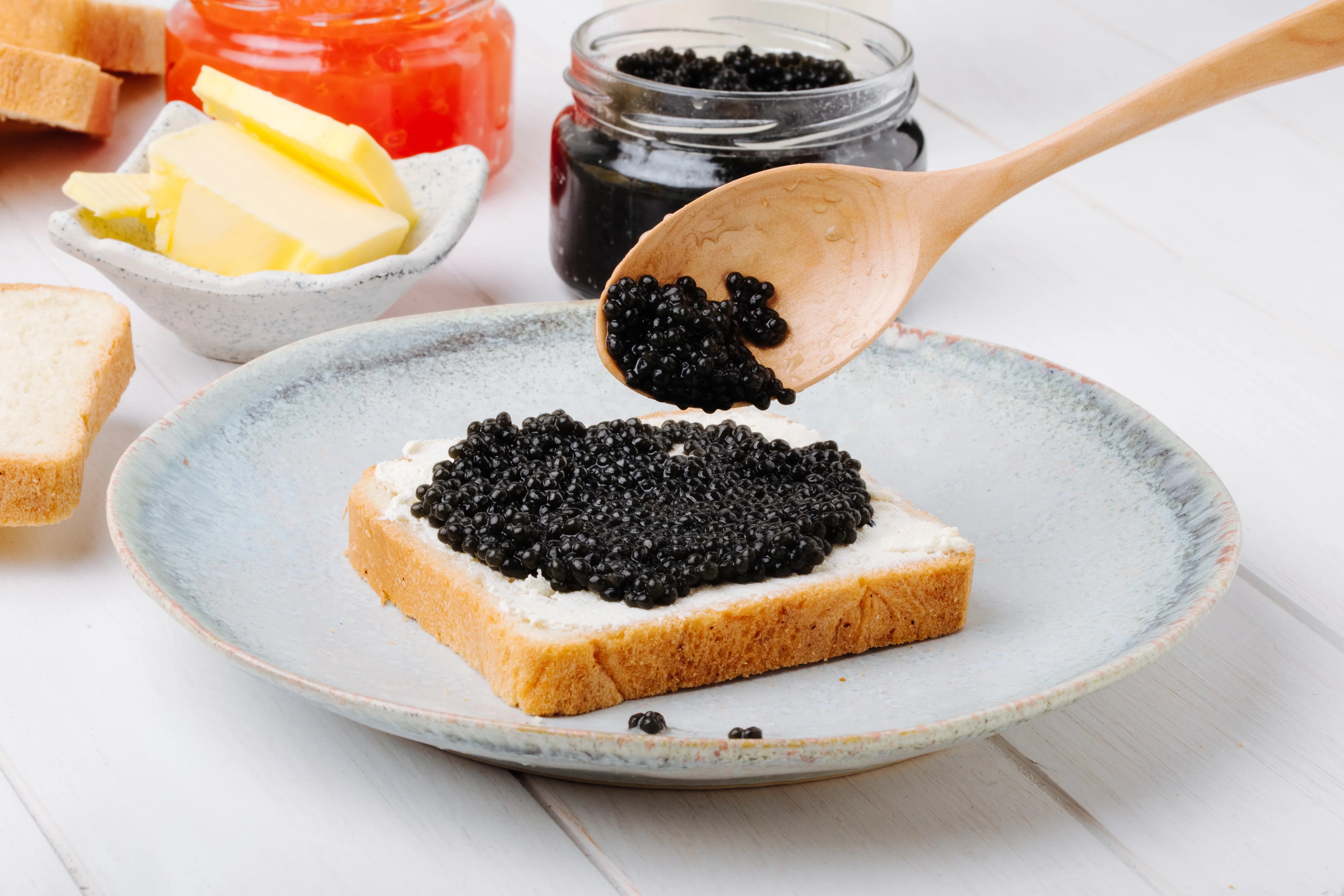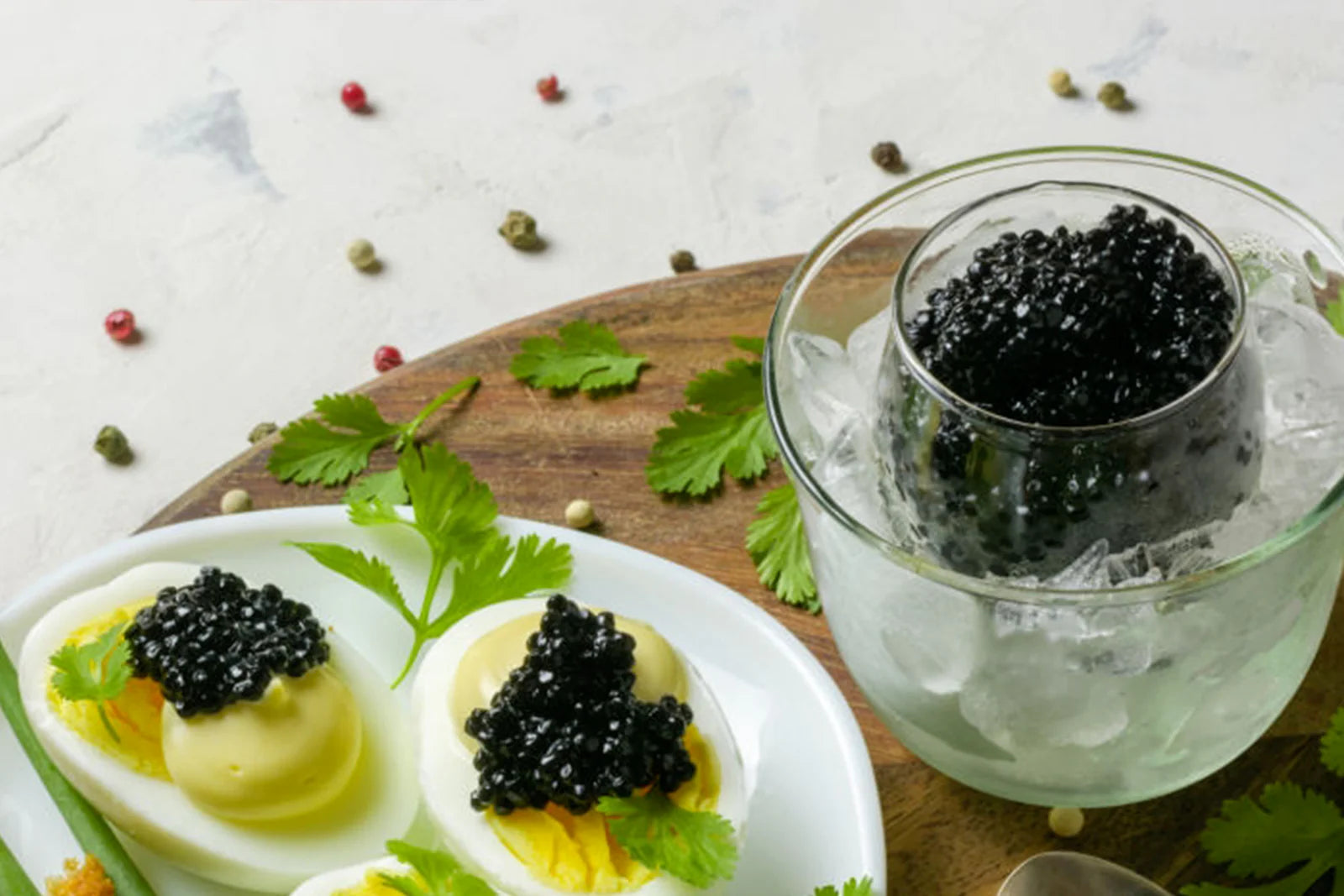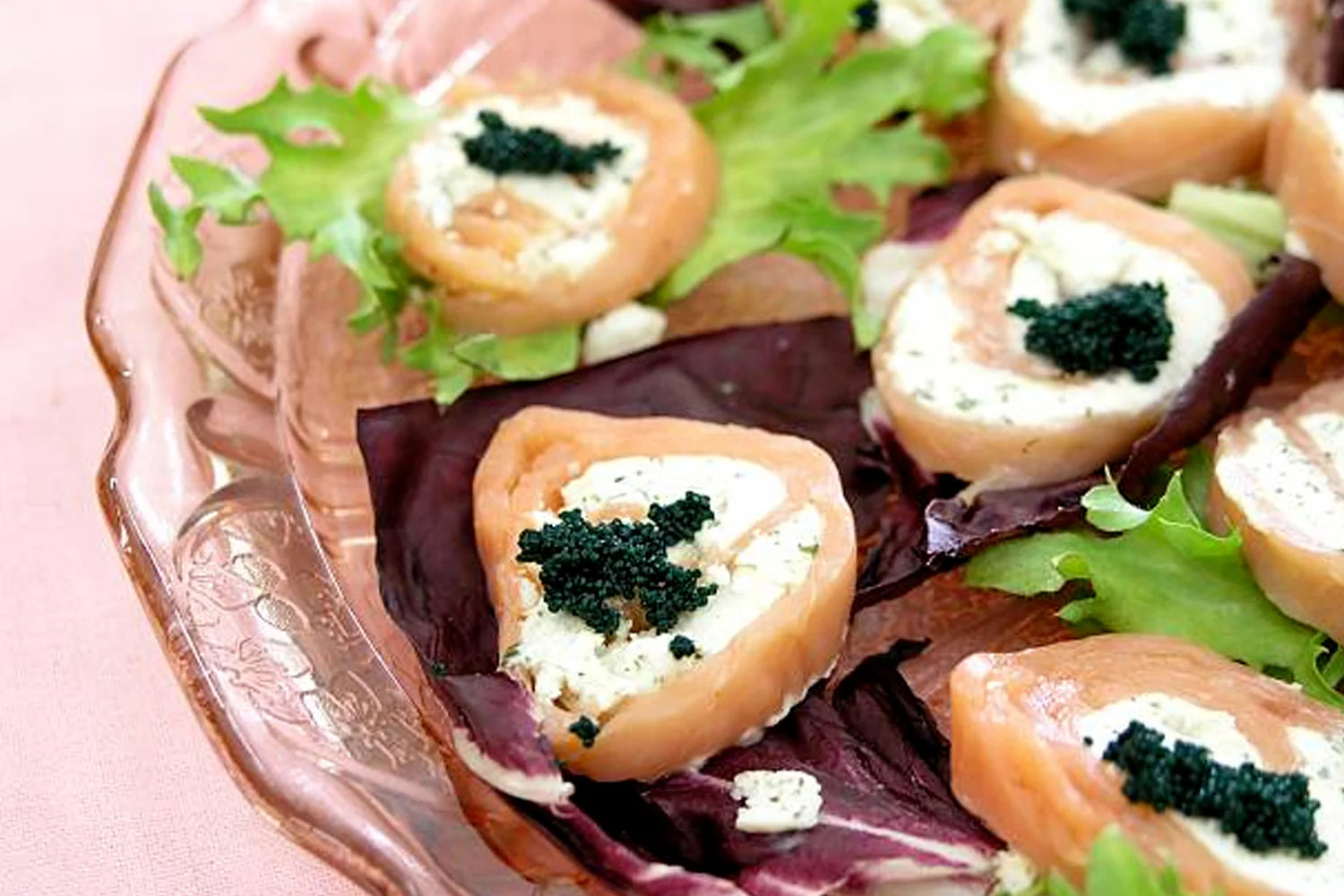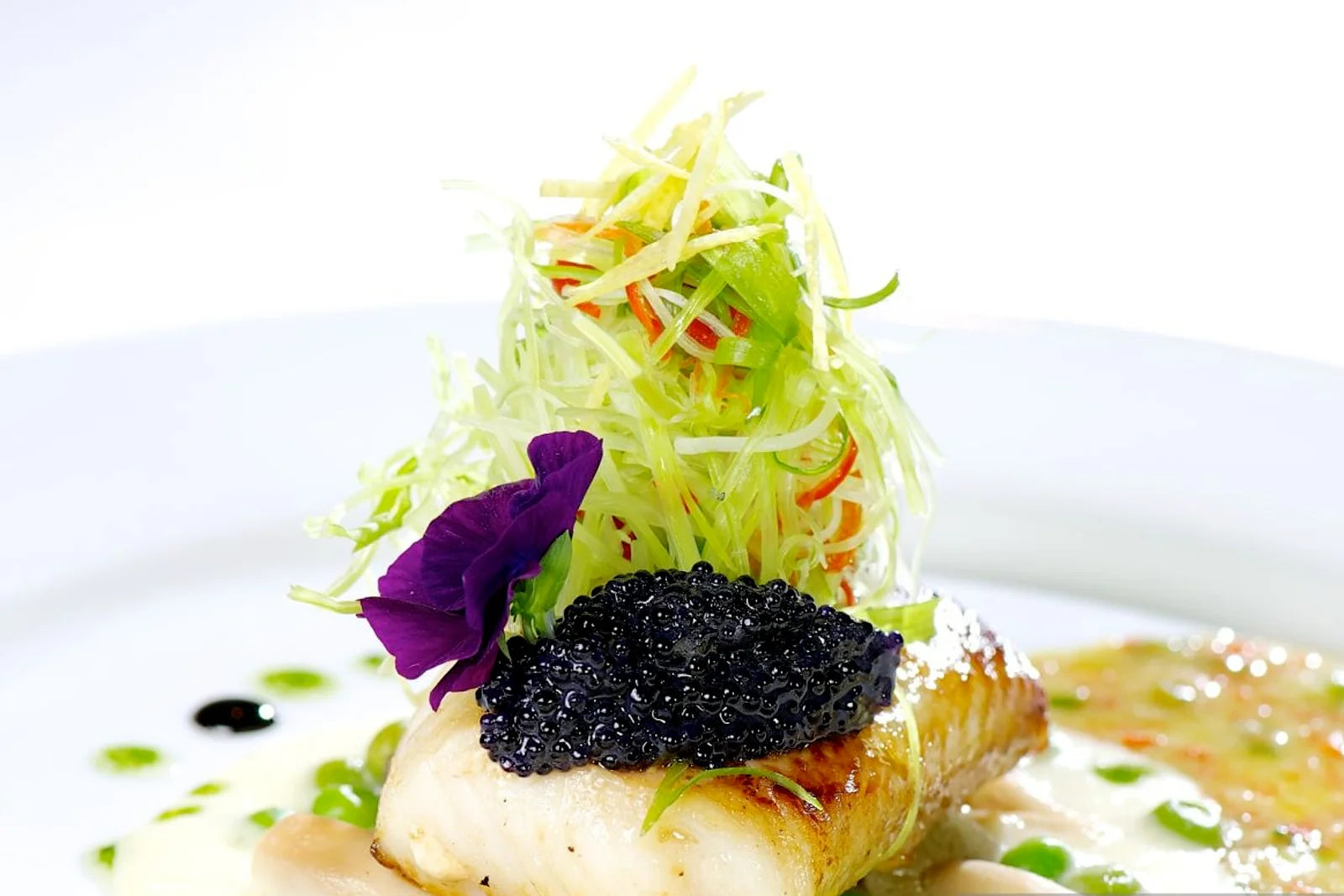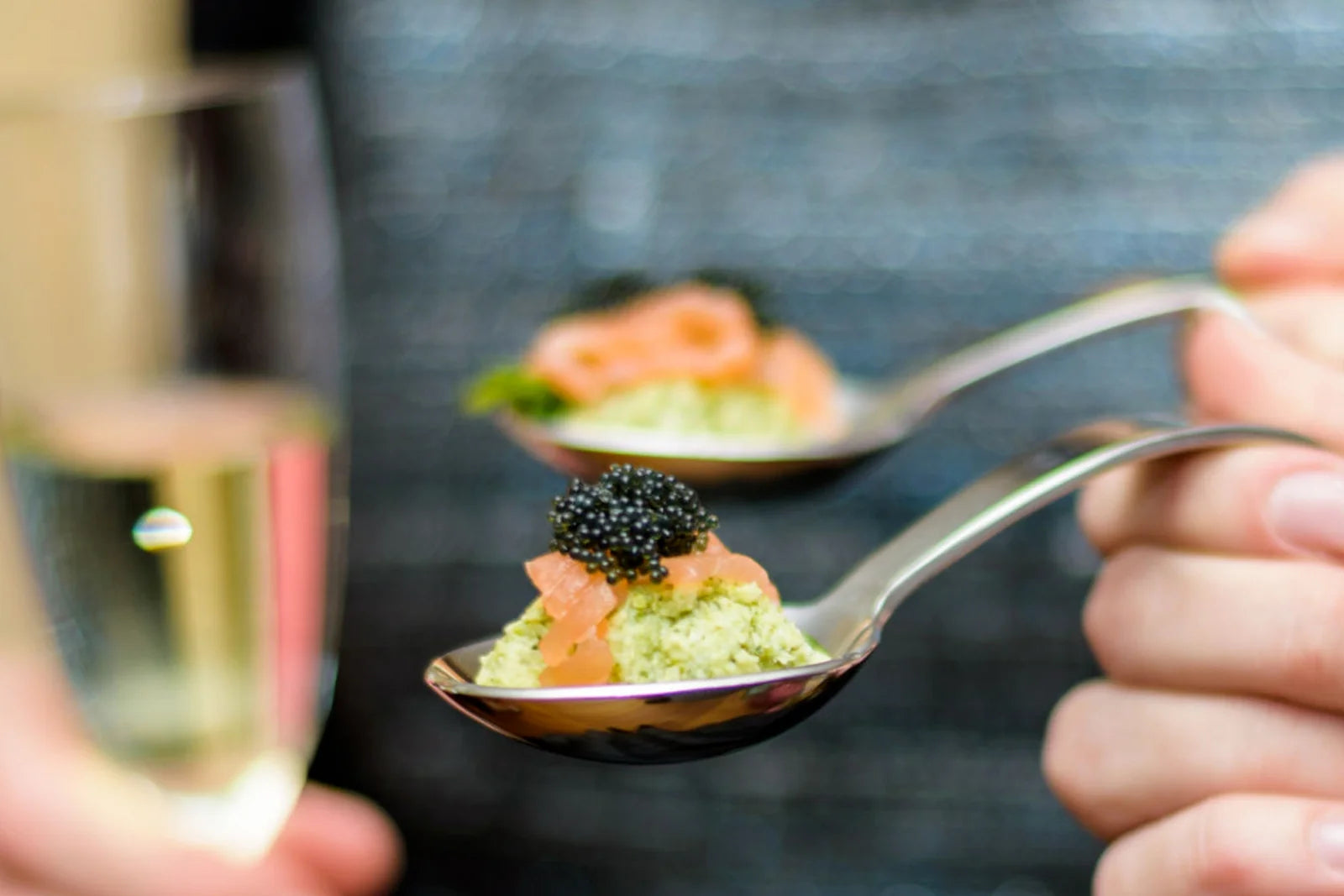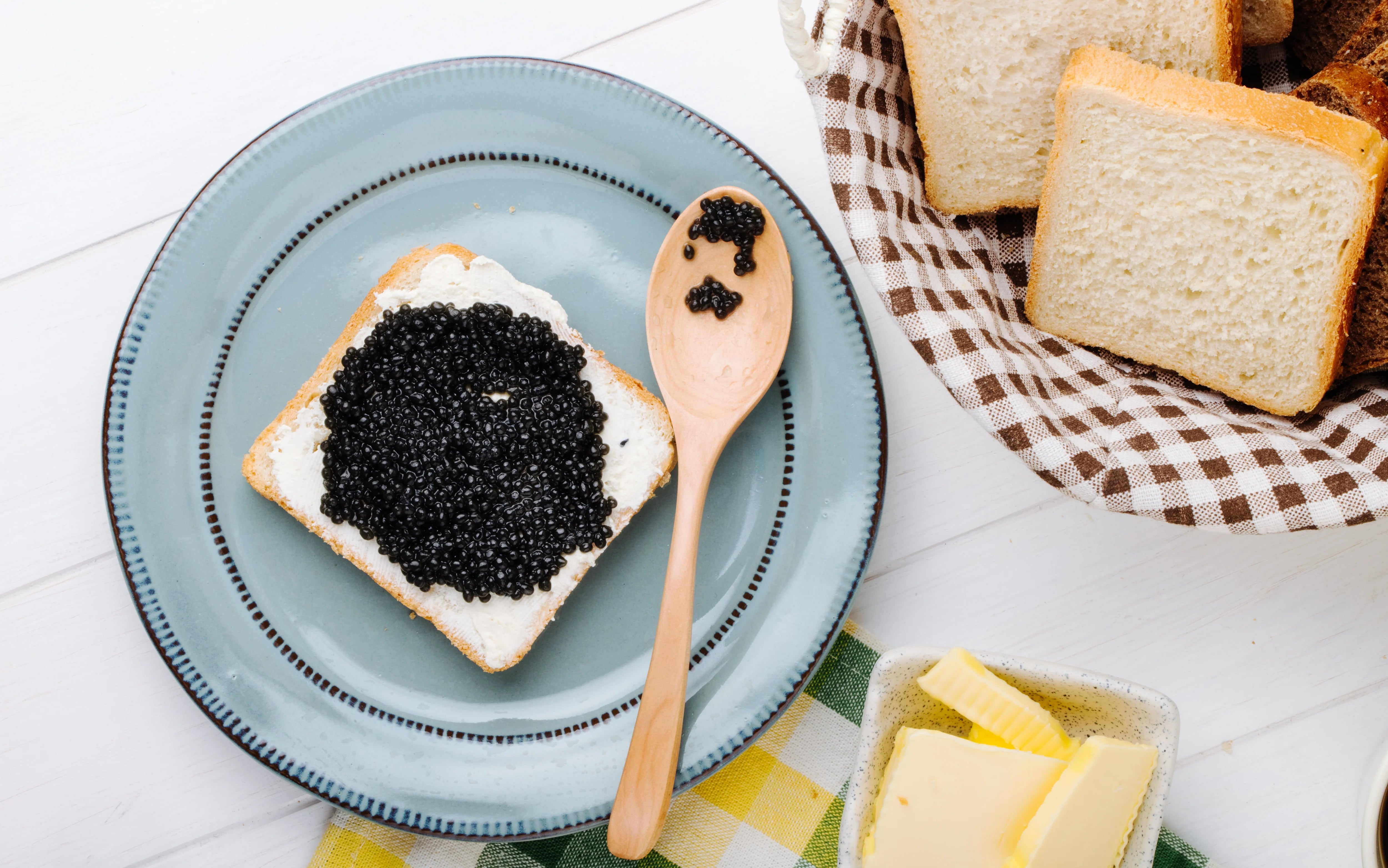
Caviar is considered one of the finest delicacies around the world. There are different types of caviar, and the flavors and textures vary drastically. You can get an idea of caviar taste by learning about it, but the best way is to try it!
Don't forget to buy caviar online from our store, but first let's understand the flavors.
Caviar can be eaten in many ways, depending on if you eat it alone or with Russian mini blinis, its taste can change.
In this blog post, we are going to explore the different types of caviar and how they taste in comparison to one another. We will look at their nutritional value and what cooking techniques to use when preparing them.
This blog is perfect for those looking for more information on caviar. Keep reading to learn where caviar comes from and what different types of caviar taste like.
Where caviar comes from?
Caviar comes from the eggs of fish called sturgeon. These fish are part of a group called Osteichthyes, which means "bony fish.” Sturgeons can grow to lengths of over six meters, and they live in rivers, lakes, or oceans all over the world.
The female fish produce unfertilized eggs or roe in large quantities when they are sexually mature (after 3-4 years).
Sturgeons rarely live longer than 30 years. The largest is the Beluga, which lives in the Caspian Sea and can grow up to six meters (19ft) long and weigh 1,600kg (3,500lb).

The most known worldwide caviar is Siberian caviar, caviar made from freshwater sturgeons and other salmonids. It is the most common kind of caviar because it naturally contains far less salt than different types.
The flavor of this caviar is slightly more buttery and smoother than more salty varieties. You can find this one at our online store . No matter where you are from. We can make you get all the caviar you need.
This caviar comes from the Russian sturgeons found in the Caspian Sea. It acquires its saltiness and brininess by the process of curing and salting. The flavor is heavy, but not overwhelmingly so. The texture is dense and meaty, which adds more to the overall taste of this caviar.
A delicacy that you have to try
Caviar is a delicacy that has been enjoyed for centuries in the East. It was and is still considered a delicacy because of its long farming process.
It is a food preparation that consists of fish roe and is usually served on bread or toast. It is white to golden in color, with a salty taste and jelly’s consistency. Sometimes it can be tricky to explain what caviar tastes like.
The name "caviar" finally came about as the result of an attempt to duplicate the original Persian name for it-"kaviyeh,” a word derived from "kavi,” meaning "poet." This was initially used to describe the sturgeon variety fish eggs because these were considered delicate and flavorful enough for only the most discerning palates at royal banquets.
Caviar means "small pearls" in French and probably comes from the Slavic word kavia or kavir, which means sturgeon.
The Atlantic sturgeon has been said to produce some of the finest tasting caviar in the world. It is often referred to as black caviar, but it does not have a color at all. The flavor is salty with a little bit of a peppery note that helps balance out the taste.
If you want to understand how this caviar tastes like, we can say the texture of black caviar is a bit grainy and has a less dense feel than the Caspian Sea caviar. This type of caviar is often served with ice or on simple crackers.
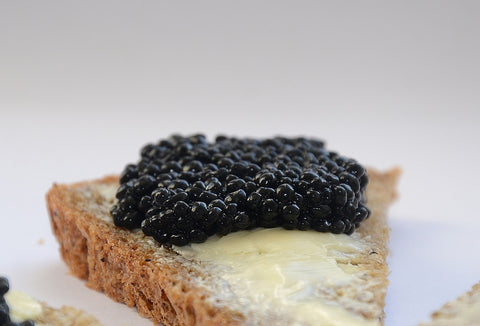
So, what does caviar taste like? Do all caviar taste the same?
Maybe, but not all beluga caviar tastes the same. The taste of caviar can vary significantly depending on the process and where it is farmed. Processed caviar is generally saltier, while caviar caught from wild seas is usually less salty and has a more robust flavor.
Caviar is a type of food produced by processing fresh fish eggs. The most well-known kind is black caviar, which comes from gray sturgeon fish eggs. The caviar taste can vary depending on where it is farmed and its process before being sold.
Even though caviar is fish roe, not all roe is caviar. When we refer to caviar, we talk about 3 species: Beluga, Ossetra, and Sevruga. These are the most used species to farm and produce caviar worldwide.
If you are a caviar lover, then you may know that when someone talks about caviar, they only refer to 3 out of the 25 sturgeon species.
These are the most popular caviar, and you need to try them:
Beluga caviar: The most expensive caviar is not always the delicious one. Beluga caviar from France and Iran is an excellent choice because their taste is relatively soft. On the contrary, the Russian Beluga caviar is a bit tastier, but it is too salty and can easily ruin your palate for any other kind of caviar.
Beluga has an elegant black color and giant eggs. It tastes smooth like butter with a light saltiness. The taste is exceptional and is top of the line in caviar quality. It is one of the most expensive types.
Osetra caviar: Ossetra is very popular for its delicate taste. Osetra caviar has a golden color with brown spots. It is soft and has a sweet taste. Russian osetra caviar is a delicacy that you must try. The roe from the Osetra, or Russian Beluga sturgeon, is considered one of the world’s delicious foods.
Sevruga caviar: the taste of sevruga is hard to describe. The sevrugas are bred in a perfect environment, so they don't eat much other than algae and plankton. This means that their eggs have a fresh taste. Sevruga roe is smaller compared to other sturgeon roe.
Our best selling products:
Caviar Osietra Classic by Giaveri - the price start from $99 per once.
- Species : Ossetra Sturgeon (Acipenser Gueldenstaedtii)
- Color : Amber to Golden
- Taste: Rich Nutty Flavor with Clean Finish & Light Pop
- Texture: Firm
- Country of Origin: Italy
Royal Osetra Caviar by Bester Caviar - the price start from $149 per 1,76 once.
- Species: Acipenser Guldenstadtii
- Coloring: Amber, with subtle hints of gold
- Taste: Bold, briny, nutty flavor with a firm texture that creates a pleasing pop under light pressure of your tongue.
- Size: Medium to large
Royal Beluga Hybrid Gift Set (Huso Huso X Baerii) by Bester Caviar - the price start from $185 per once.
- Species: Huso Huso X Baerii
- Color: Grey or brownish color
- Taste: Smooth, silky texture, the bold nuttiness of traditional Beluga with a hint of earthy & creamy tones from Siberian
- Size: Medium to large firm pearls
- Country: Farmed-raised in Italy
Royal Beluga Hybrid by Giaveri - the price start from $169 per once.
- Species: Beluga Siberian (Huso x Baerii)
- Color: From light-grey to black
- Taste: Rich creamy flavor & tender texture with complexity of sweet overtones
- Size: Large pearls
- Country: Farmed-raised in Italy
You already learned where caviar comes from and what species are farmed to get this delicacy.
Are you still wondering how does caviar taste like? Now you need to try it! Visit our shop and choose the one you prefer. We assure you you won't regret it!
FAQ
What does caviar taste like?
Caviar typically has a distinct taste described as briny, buttery, and sometimes with a hint of nuttiness. The texture is often smooth and creamy.
What does caviar look like?
Caviar appears as small, glossy, and round beads with a translucent quality. The color can range from light to dark, depending on the type of caviar.
What fish do caviar eggs come from?
Caviar eggs primarily come from sturgeon. However, caviar can also be sourced from other fish like paddlefish, salmon, and trout, each offering distinct flavors and textures.
What is the best caviar in the world?
Beluga caviar is often considered one of the best, prized for its large, delicate eggs and rich, creamy flavor. Osetra caviar is also highly regarded for its unique nutty and buttery taste. Preferences may vary among individuals.
What does sturgeon taste like?
Sturgeon meat is often described as delicate and mild, with a flavor profile that combines elements of fish and shellfish. The texture is usually firm and buttery.
Written by Inna Polutska

